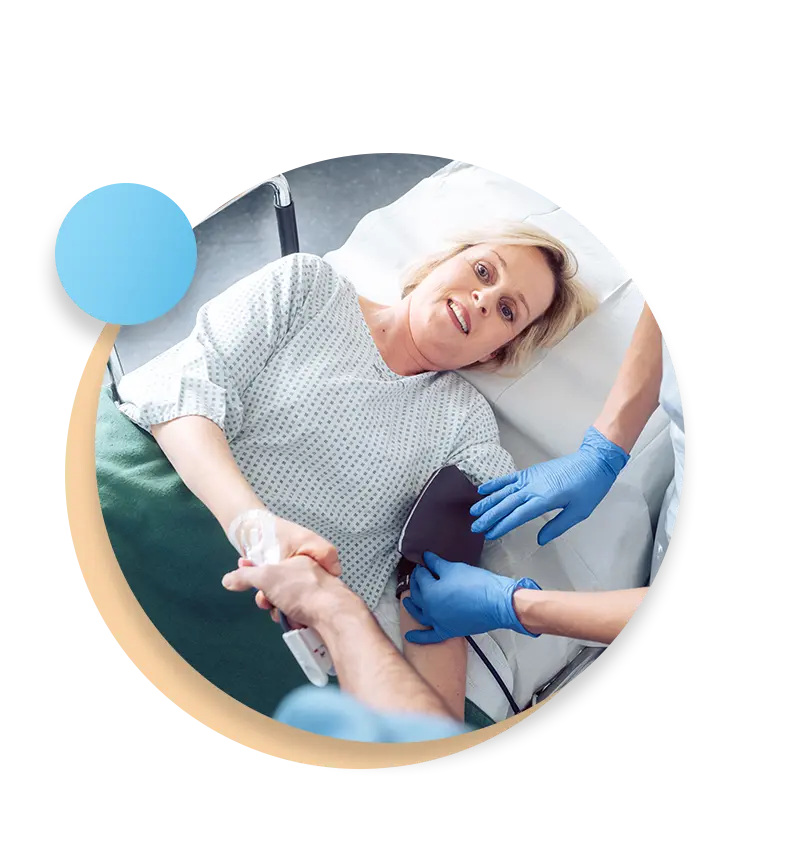Upper Endoscopy (EGD)
Upper Endoscopy (EGD) for Digestive Diseases
Esophagogastroduodenoscopy (EGD), sometimes called upper endoscopy, is used to evaluate the upper gastrointestinal tract, which comprises the esophagus, stomach, and approximal portion of the small intestine. An endoscope, a thin, flexible tube with a camera at the tip, is introduced via the mouth and directed down the throat during an endoscopy to view the inside of the digestive track.
Who Needs an EGD?
EGD is recommended for individuals who may have symptoms or conditions affecting the upper digestive tract, such as:Persistent Heartburn or Acid Reflux
Difficulty Swallowing (Dysphagia)
Unexplained Abdominal Pain
Gastrointestinal Bleeding
Screening for Cancer or Precancerous Conditions

Discover the Power of Upper Endoscopy
If you'd like to learn more about procedures or to
find out if you are a fit candidate or not, please contact us!
Book an Appointmentfind out if you are a fit candidate or not, please contact us!
How North Shore Helps?
At North Shore, we understand the importance of early detection and effective management of gastrointestinal conditions. Our team of skilled gastroenterologists specializes in performing EGD procedures with precision and care.From initial consultation to post-procedure follow-up, North Shore Digestive Medicine offers comprehensive support to our patients. If you are experiencing symptoms suggestive of gastrointestinal issues or have been advised to undergo an EGD, trust our professional team to provide expert care. Schedule a consultation with us today and take proactive steps towards better digestive health. Your health and satisfaction are our top priorities.
FAQS
EGD, or Upper Endoscopy, is a procedure used to examine the upper gastrointestinal tract, including the esophagus, stomach, and duodenum.
EGD is typically performed under sedation or anesthesia to ensure patient comfort.
The duration of an EGD procedure varies depending on the findings and any necessary interventions. On average, the diagnostic EGD takes less than 10 minutes.
EGD can diagnose various upper digestive tract conditions, including ulcers, inflammation, strictures, tumors, and abnormal growths. It can also detect the presence of gastrointestinal bleeding and provide tissue samples for biopsy.
EGD is considered a safe procedure when performed by experienced healthcare professionals. However, like any medical procedure, there are risks, including perforation, bleeding, and adverse reactions to sedation. Your professional healthcare provider will discuss these risks with you before the procedure.
Powered by Simple Solutionz
